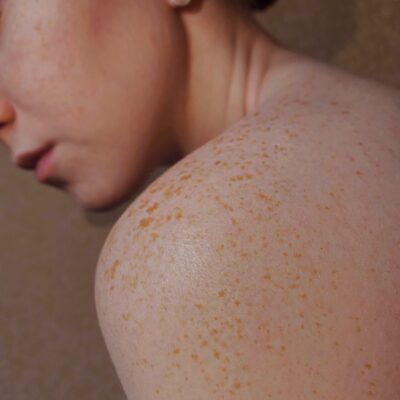The best sun protection is to avoid prolonged exposure to the sun, especially during periods of intense sunshine between 11am and 4pm. If this cannot be avoided, different sun protection methods should be used. Sunscreens are only part of it. Special sun protective clothing (which protects both dry and wet skin), a wide-brimmed headgear and sunglasses with ultraviolet protection, combined with the right sunscreen, can protect us much better from the sun.
SPF (sun protection factor) indicates the ability of the cream to protect the skin from sunburn. A sunscreen with only SPF on it only protects against UVB rays. The higher the sunshine number, the more time it takes for sunburn to develop, which means that we are exposed to the sun for longer without being protected from the harmful effects of UVA. We recommend using sunscreens that are labelled with “Broad Spectrum SPF”, which indicates that the cream protects against both UVB and UVA rays. Broad Spectrum SPF 30-50 sunscreens also reduce skin photodamage when used in sufficient amounts (often much less than the recommended amount) and in combination with other sun protection methods. Don’t forget the lips and ears! We also recommend that you choose a sunscreen containing titanium dioxide or zinc oxide (sunscreens for children). While providing good physical protection against UVA and UVB rays, they can leave a white layer on the skin. It’s worth remembering that no sunscreen can fully protect you from ultraviolet rays!
For children, special clothing with UPF (ultraviolet protection factor) should be preferred to sunscreen. Children and adolescents need to be especially careful to protect themselves from sunburn, as even one sunburn before the age of 15 can be fatal. doubles the risk of melanoma.
It is important to know that UVA passes through glass, so ordinary car or window glass will not protect against the harmful effects of UVA. Melanoma patients who drive a lot have been studied, and it has been found that in right-hand traffic countries, it is the left arm that is much more likely to be affected.
Summary of recommendations:
- Avoid prolonged exposure to intense sunlight (between 11am and 4pm);
- avoid sunburn;
- not to go to a solarium;
- Protect yourself daily with clothing, a wide-brimmed headgear, ultraviolet sunscreen and Broad Spectrum SPF 30+ sunscreen. Sunscreen should be applied about half an hour before sun exposure and reapplied after 2 hours or after swimming or intense sweating!
- check your skin and moles at least once a month;
- Once a year, unless your doctor recommends more often, have your skin and moles checked by your doctor.



